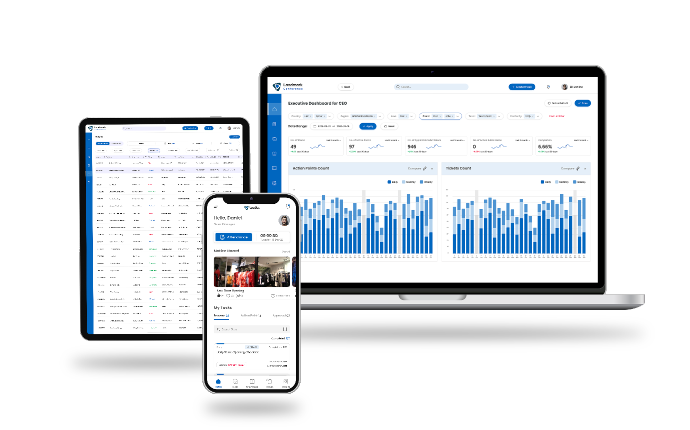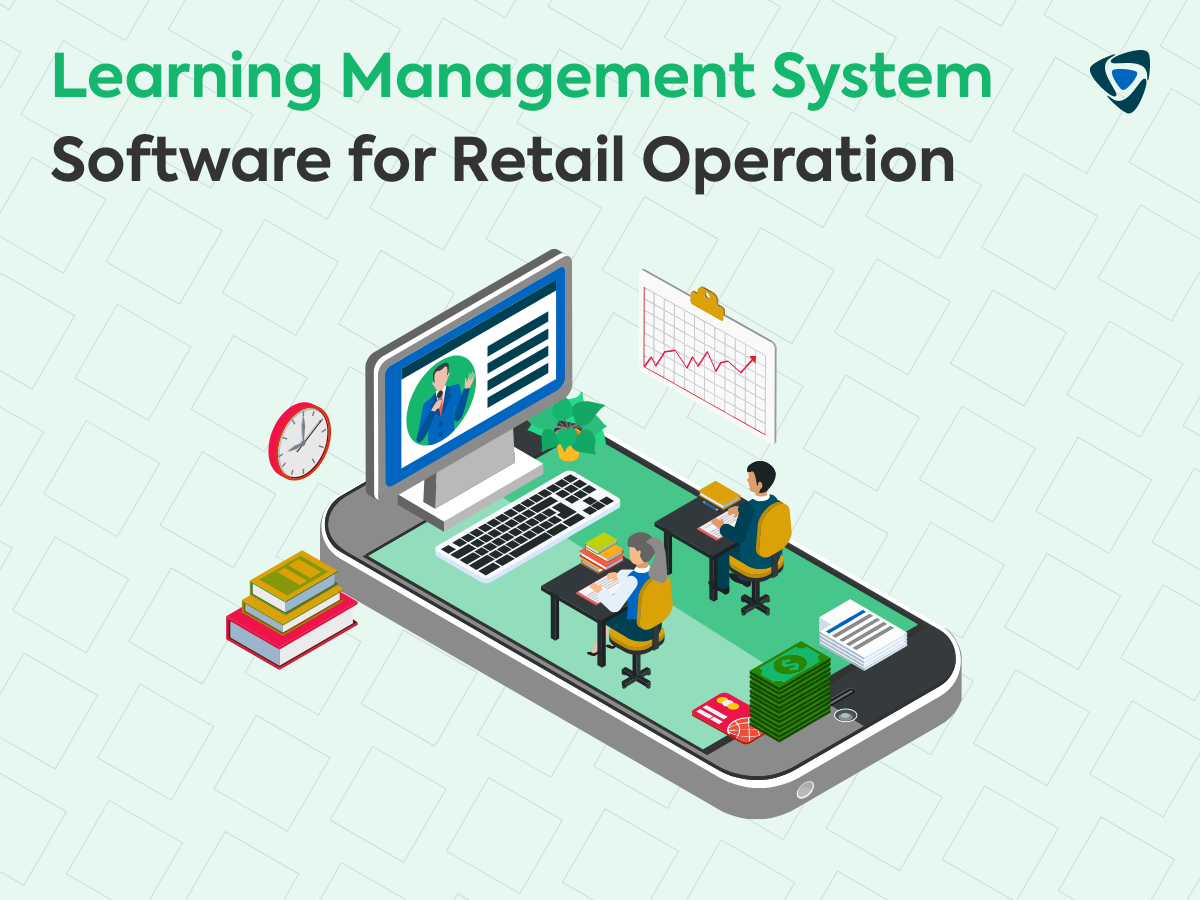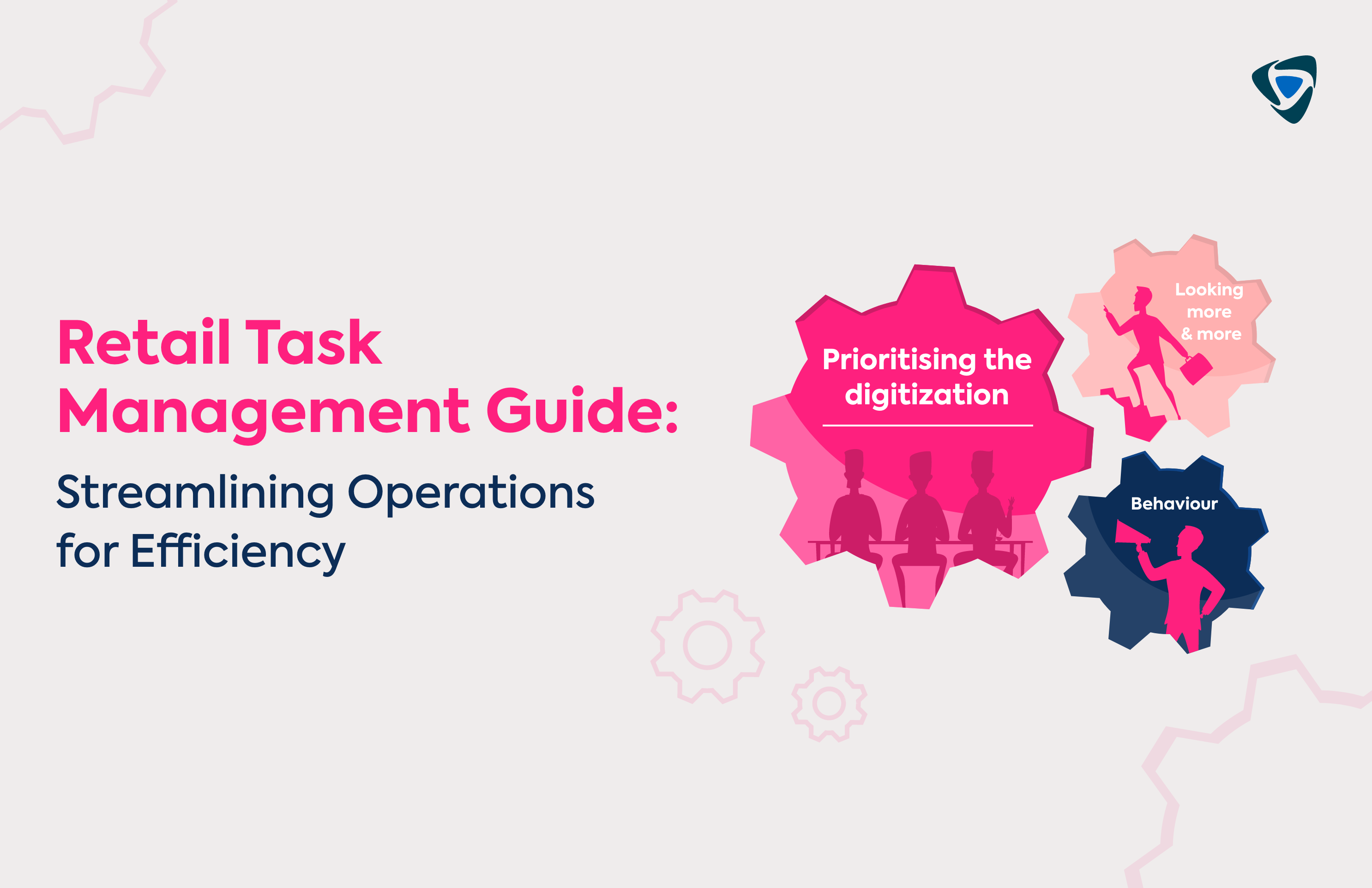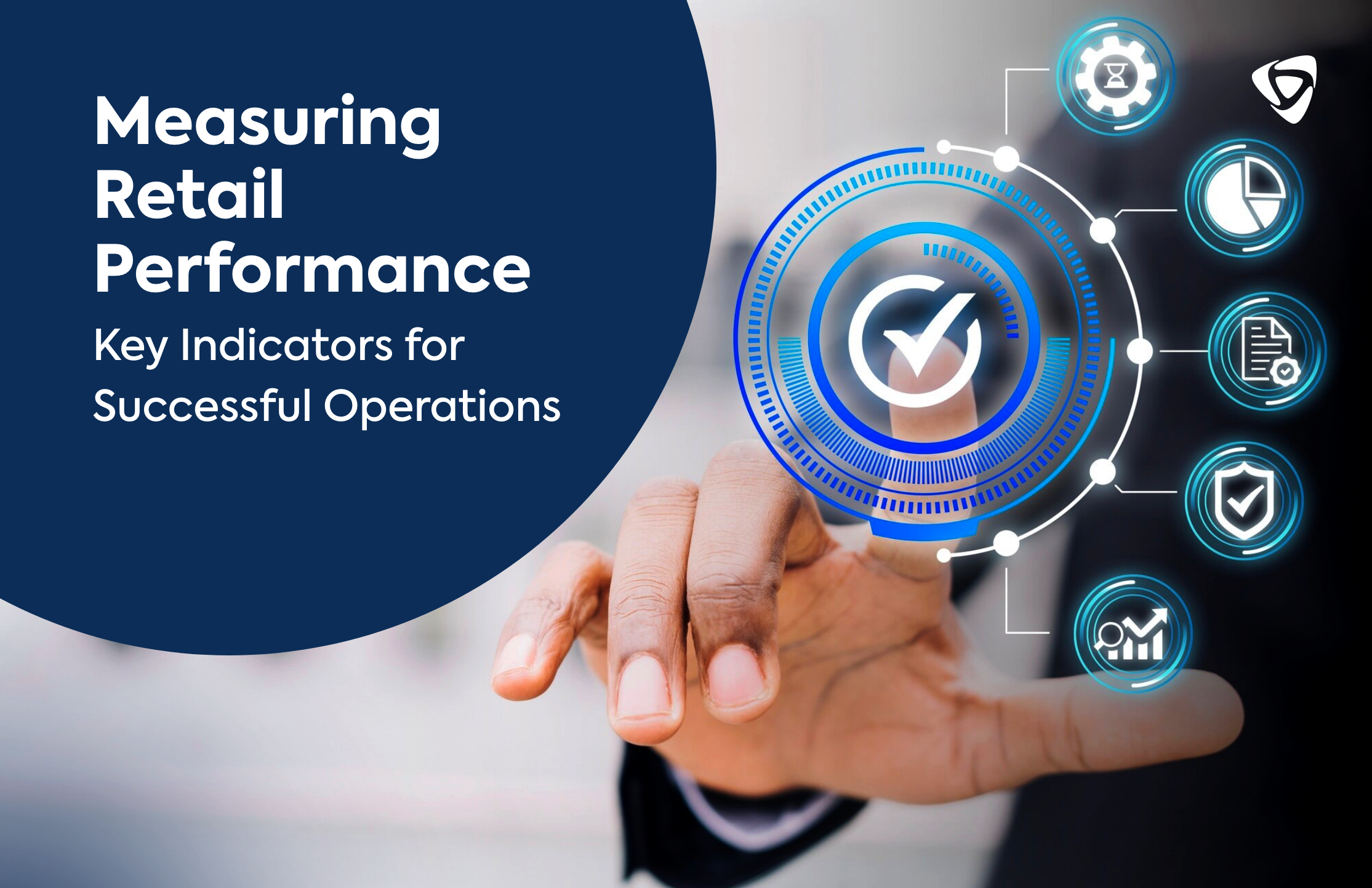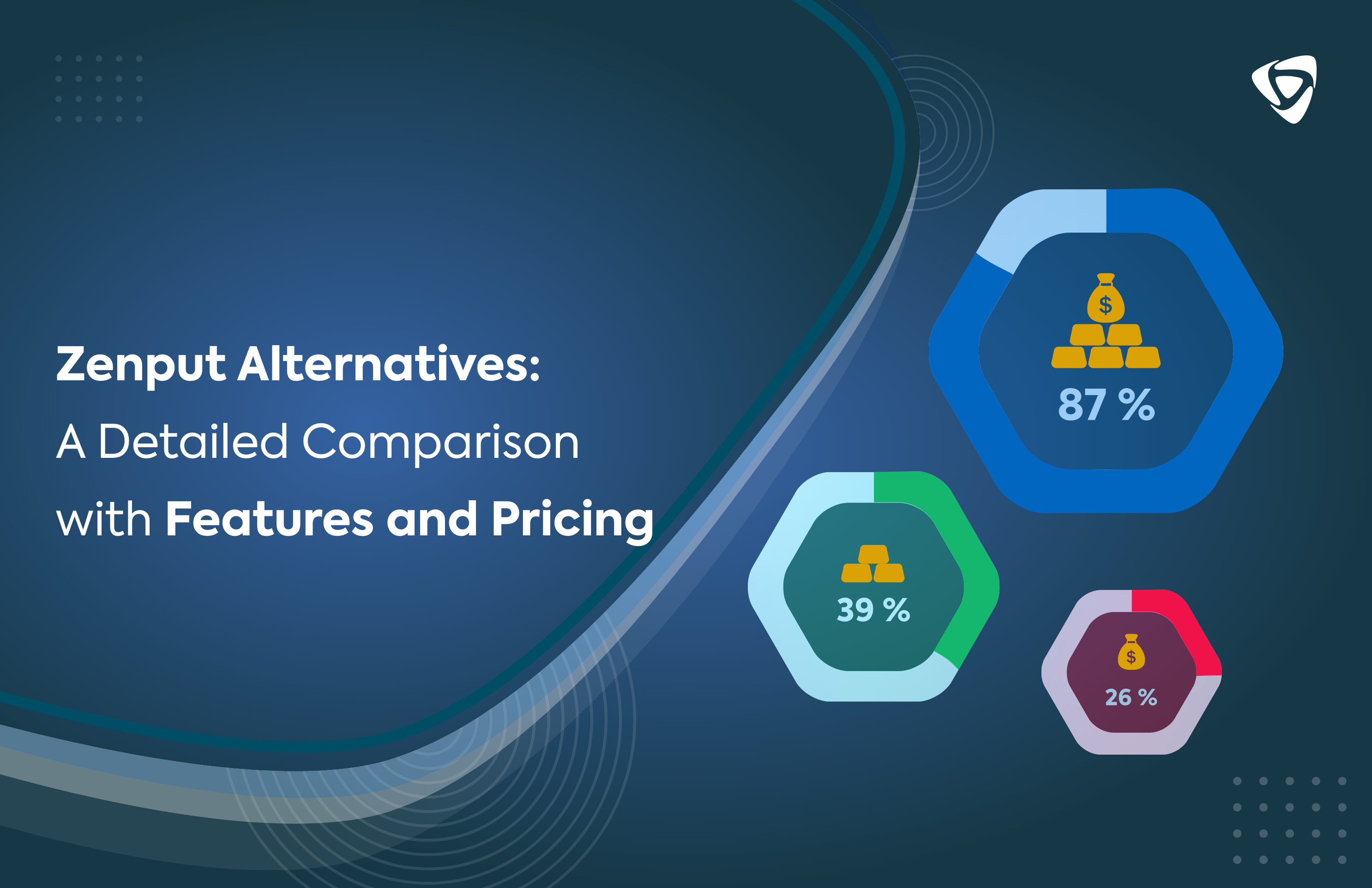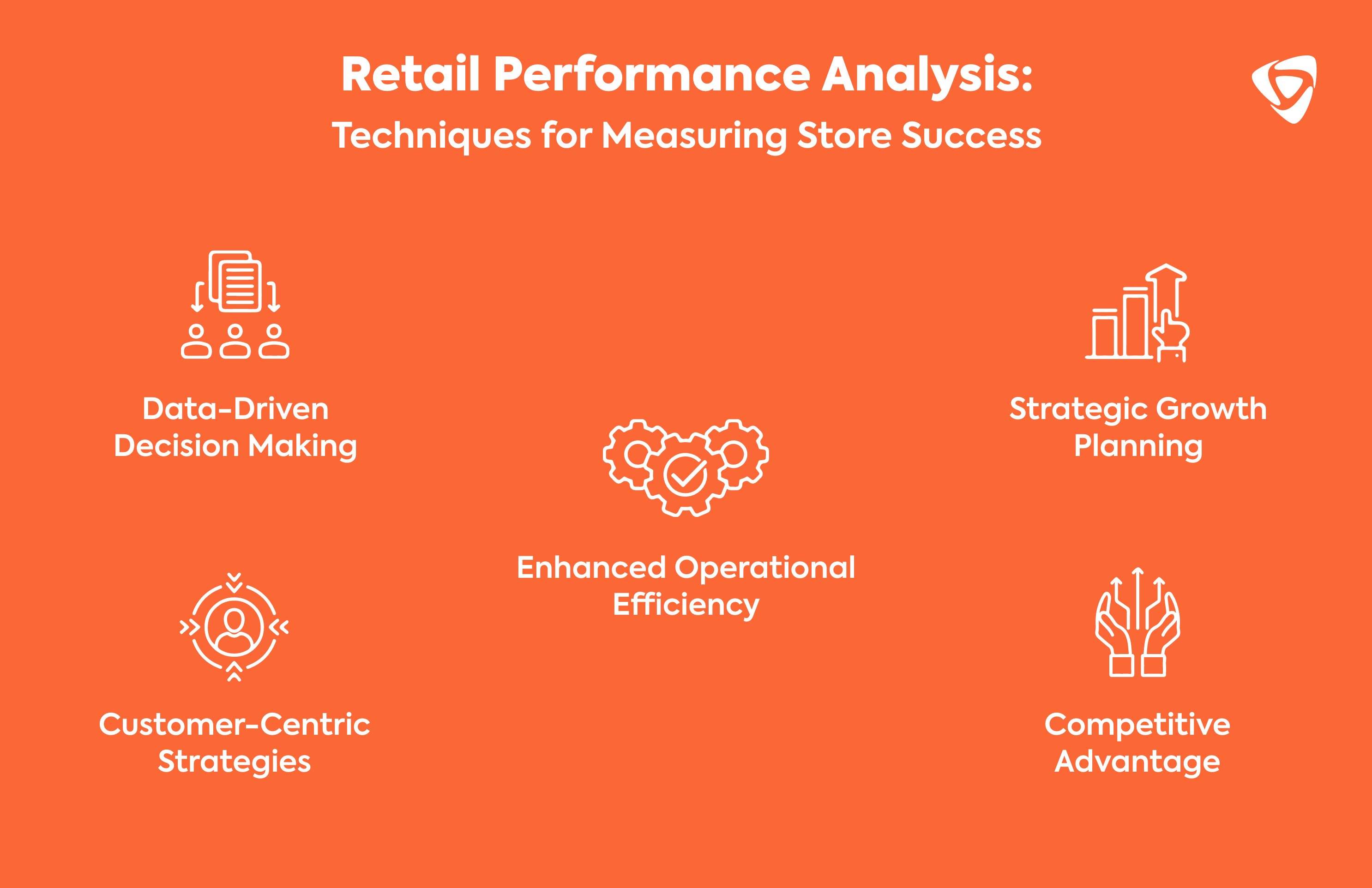Guide
How to Choose the Right Retail Operations Management Software
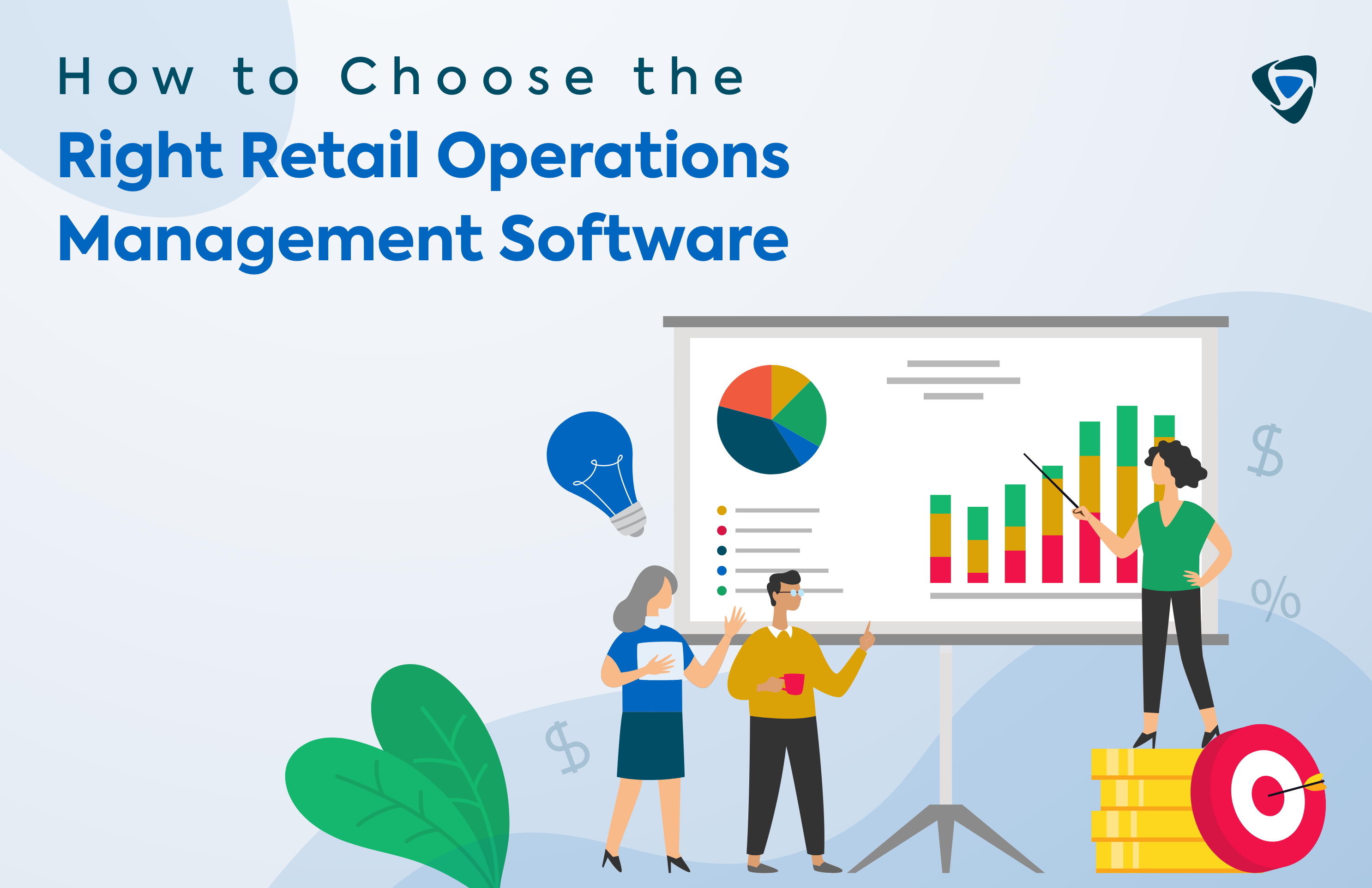
Retail operations management has never been more difficult. In this era of intense competition in retail operations management, omnichannel sales, complex supply chains, and razor-thin profit margins, retail managers have more on their desks than ever before. Organizations must have the appropriate technology in place to flourish in this environment. Consequently, modern retailers should prioritize selecting suitable retail operations management software.
The primary objective of retail operations management software is to assist retailers in the optimization of critical in-store and cross-channel processes. In addition to inventory and order management, this category of solution automates and provides visibility into merchandising, workforce management, loss prevention, and inventory and order management.
To maximize value when selecting a system, retailers must understand their needs, conduct extensive research on available alternatives, and meticulously evaluate platforms. Read on to find more on the process to help your company invest in technology that will drive operational excellence now and position you for future success.
What are the steps to choosing retail operation management software?
Finding the right retail operation management software can be challenging; however, identifying your needs and business goals can help you find the perfect software that suits your needs.
Identifying your needs
Conducting a thorough evaluation of your existing retail operations is an initial and crucial step in identifying development opportunities or gaps where a management solution could increase productivity. You need to evaluate key factors carefully.
Inventory size
Conduct an inventory count of the distinct SKUs, products, sizes, hues, and other variants in your retail catalogue. The significance of intricate inventory monitoring, reporting, supplier integration, and optimization tools increases substantially when managing large inventories or inventory across multiple locations. You likely don’t need advanced warehouse management capabilities if you only carry a few products.
Number of locations
Your current retail footprint and expansion strategies should be considered when selecting software. The operational demands of a solitary small shop are significantly dissimilar to those of international chains or large big box retailers with hundreds of locations. The scalability of the management platform should be contingent upon the expansion of your locations. In many cases, cloud-based solutions offer the greatest adaptability for rapidly onboarding new sites.
Volume of transactions
The amount of consumer transactions and sales that occur throughout your organization also influences the nature of the required solution. Retailers that process thousands of orders daily require robust point-of-sale (POS) solutions and back-end systems to manage the volume of transactions. A high volume may necessitate additional automation to expedite fulfilment and necessitates robust reporting for insights.
Employee management needs
Assess the method currently employed to manage important employee affairs, encompassing staff scheduling, payroll processing, and performance monitoring. Does your company frequently face challenges related to insufficient personnel or ineffective shift scheduling? Give preference to software functionalities that streamline personnel support, such as payroll integrations, automated schedule enhancements, and mobile access. The implementation of the system might help in reducing overtime and employee attrition.
Setting your budget
The next key step is defining your budget and expected ROI for acquiring retail operations software.
Software costs
Establishing a practical comparison between essential and desirable features is essential by considering their subscription fees, unit costs, and additional charges. Costs can differ substantially across tiers and solutions. Stay focused on the important operations that need to be improved to direct your investment in the right areas.
Implementation costs
During the integration phase, do not neglect critical expenses such as fees for integrating your various retail systems, migrating existing data, training staff on the new software, and conducting tests. Frequently, implementation costs come as a surprise to businesses.
Maintenance costs
Include expenses related to software corrections, feature enhancements, technical support, equipment repairs or replacements, and ongoing maintenance in the budget. These accumulate with years of use.
ROI considerations
Consider all the costs of the predicted ROI – where will the solution result in tangible productivity gains, improved sales volumes, and higher customer retention and loyalty? Maintain your attention on retail technology investments that will effectively streamline operations in the present and set you up for long-term prosperity.
Software deployment types
Next, determine the best technical deployment type for your retail operations. Here are some suggestions you can select from.
On-premise vs. cloud-based
Cloud-based solutions provide more scalability and minimize infrastructure demands, but they may have limits in terms of integrating complex systems or customizing capabilities. While on-premise deployments offer enhanced security and control, they necessitate additional investments in pre-existing IT infrastructure.
Hybrid solutions
Certain prominent retailers integrate a combination of on-premise and cloud-based applications throughout their entire ecosystem. Critical front-end systems that interact with customers are implemented in the cloud. In contrast, back-end tools that manage inventory or the supply chain continue to operate on-premises on established enterprise resource planning (ERP) or warehouse management platforms.
Key features to look for in software
Additionally, it is vital to know the most important features and functionalities to search for in retail management software. The specific demands may differ significantly based on the retail sector and operational activities. Here is the list of common features that businesses should look for in the software.
Inventory management
Implementing robust inventory control and reporting tools is critical for most retailers to ensure real-time, accurate tracking of supply levels across all channels. This visibility facilitates the optimization of future purchase orders and reduces waste caused by overstocking. Fashion retailers can greatly benefit from specialized solutions such as automated sizer scaling and seasonal demand forecasting using historical sales data.
Point-of-Sale (POS) solutions
Omnichannel retailers have recognized the crucial importance of adaptable point-of-sale systems to process transactions seamlessly across their online and in-store channels. Priorities may include secure payment processing flexibility across platforms, rapid integration with existing order/inventory management systems, and customizable customer data acquisition to input into CRM and promotions when evaluating alternatives.
CRM and loyalty programs
Opt for solutions that include integrated CRM tools and features for the execution of targeted promotions and campaigns if you are a retailer that places a premium on fostering brand loyalty and enduring customer relationships. Creative customer engagement and custom-tailored incentives frequently increase lifetime value and recurrent purchases, particularly in the competitive consumer products industry. The software can facilitate the construction of such an engagement.
Evaluating vendors
While demonstrating potential platforms, it is critical to conduct an in-depth assessment of the vendor, which extends beyond software functionality.
Market reputation
Evaluate the vendor’s track record of successfully implementing solutions tailored for retailers within the industry of interest. Consult case studies involving brands in a market size and scope comparable to yours before committing to a long-term partnership. Expertise assertions ought to be supported by customer feedback.
Customer reviews
Real feedback from their current customers will give insight into what you can expect for key success factors such as the onboarding process, post-purchase support quality, and the products’ real-world usefulness. Reviews ought to enlighten your final purchasing decision directly.
After-sales support
Instead of accepting vendor demos that merely display capabilities, engage in open discussions regarding the post-implementation support that your staff will require to ensure the seamless integration of the software. Numerous end-users necessitate substantial initial assistance when utilizing novel platforms. Ensure adequate training for swift adaptation.
Compliance and security
Any vendor you select must possess the ability to effectively communicate their data security measures and protocols that are implemented to secure sensitive consumer data. They must follow strict industry regulations about record-keeping, financial transactions, and PCI standards for payment processing. Avoid making any compromises in this matter.
Asking questions to the vendors
Critical queries to pose to solution providers during your selection process include
- How frequently does your company introduce upgrades to its products and system?
- Which protocols and standards of the retail industry does your platform support?
- Does your business intelligence tool provide reporting in real time?
- What degree of customization in analytics do your clients receive?
- What is the typical duration of an implementation?
Trial periods and demos
You can effectively evaluate the functionalities of the retail software within the context of your operations, as opposed to merely observing a pristine product tour by taking advantage of a trial period or demo access.
Making the Final Decision
Compile a list of the advantages and disadvantages of the leading vendors based on your research of their capabilities, costs, and solutions necessary to meet your requirements. Seek out platforms that effortlessly accommodate more than 80% of your retail needs; prefer a customizable solution with flexibility rather than one that provides every conceivable amenity.
Common mistakes to avoid
When assessing new retail management solutions, it’s easy to be swayed by extensive feature lists and flashy demos. However, organizations frequently encounter several critical pitfalls during the selection process that invariably result in future complications. Here is the list of mistakes businesses should avoid at all costs.
Overlooking user experience
Merchants frequently overlook the value of intuitive, clear software design in a hurry to deploy the latest and greatest technology. Adoption will slow down if your personnel struggle with complicated interfaces and navigation daily. Prioritize UX; your staff will not utilize an ROI-generating system that is flawlessly tailored to your procedures.
Ignoring scalability
Likewise, retailers may become preoccupied with fulfilling every item on their wish list for immediate operations without taking into account possible development in three years. Choose solutions with flexibility as your business in the coming future. SaaS cloud platforms enable the seamless expansion of modules in response to evolving requirements. Avoid confining yourself to the constraints of software.
Forgetting about integration
An inventory management or POS system that does not integrate with the company’s current basic systems for order processing, fulfilment, accounting, and so forth rapidly loses its appeal. Legacy enterprise software especially requires custom integration work – budget for it upfront. Prevent data duplication and information silos by devising connections to the existing technology infrastructure.
Case Studies

Starbucks
Oracle ERP, a software solution hosted in the cloud, is employed by Starbucks to automate various back-office procedures, including but not limited to financial management, supply chain execution, project monitoring, and accounting. 30,000 Starbucks locations worldwide are equipped with integrated applications for consumer relationship management, enterprise resource planning, and supply chain coordination via the modular Oracle E-Business Suite.
Oracle helps Starbucks improve executive decision-making by facilitating access to store-level inventory, transactions, and emergent consumer trends by consolidating operations data onto a solitary platform. Additionally, the scalable solution expedites the opening of new locations by integrating them with standardized processes promptly.
Toyota
Toyota Industries Corporation implemented Microsoft Dynamics 365 as the operational management system for all after-sales service activities involving Toyota dealerships and product distributors.
In order to streamline the service process, the intelligent Microsoft solution enables Toyota service coordinators to monitor technician availability and skill sets precisely, customer case histories, and parts supply requirements across all locations precisely.
In just three years, Toyota has increased the operational efficacy of its distribution network by 15% through the implementation of Dynamics 365 standards.
Amazon
Amazon, a leading global eCommerce platform that processes millions of transactions daily, selected SAP to optimize its financial data, procurement, fulfilment, and inventory planning operations. The on-premise ERP platform was chosen in particular to provide Amazon with end-to-end visibility as the company rapidly expands its operations and product offerings.
Amazon reduced transportation errors by 34% over the past five years by implementing customized SAP workflows despite exponentially increasing order volumes. The solution enables Amazon to make decisions based on data rapidly.
What is retail operation management software?
Retail operations management software refers to integrated technology platforms that help retailers efficiently administer back-of-house store operations, supply chains, point-of-sale systems, merchandising, and personnel. Beyond a rudimentary POS system, this category of solution offers coordination and visibility capabilities throughout all retail processes.
Robust retail management suites provide managers with an omnichannel perspective on inventory, consumer activity, promotions, and workforce scheduling. This facilitates more informed strategic and operational choices that optimize efficiency and financial gains.
Advanced analytics on KPIs varying from foot traffic to sales conversion rates are included in the platforms. Efficiency is increased by streamlining every aspect, from order fulfilment to payment processing.
Wrapping up
A prudent investment, the selection of retail management software necessitates a thorough evaluation of needs, comparisons of vendors, and stress testing of other options. While no platform can precisely handle all operational difficulties, the proper solution that can streamline 80% or more of procedures provides enormous value. Commence trial runs after completing the self-assessment of pain points, budget calculation, and vendor verification outlined in this comprehensive guide.
Contrast capabilities for CRM, inventory, personnel, and other priorities with realities such as integration and scalability requirements. Although the initial effort required to evaluate solutions comprehensively is substantial, the long-term benefits in terms of improved operational efficiencies justify the investment in identifying the aligned platform.
 Schedule A Demo
Schedule A Demo 


